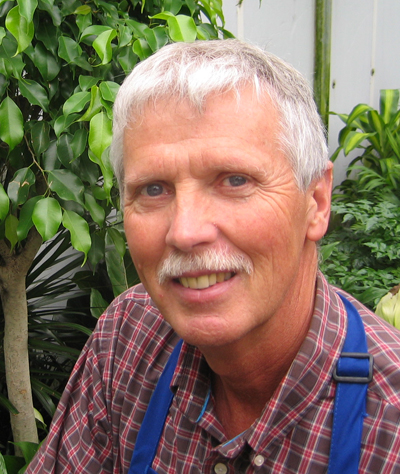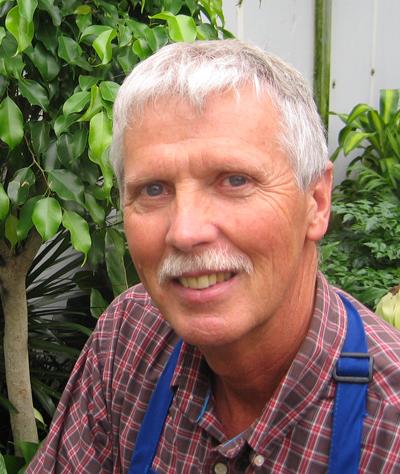
A couple of days of 60-plus weather has certainly inspired me to get to work cleaning up my flower beds.
While working, I noticed the daffodils are already poking through … that was encouraging but also a reminder to get the work done before I would be damaging them by my cleanup activity.
Every year I remind you that the first plant on the cutback list should be the tall ornamental grass.
Karl Foerster, or feather reed grass, is a cool-season grass, meaning that it begins growing while the weather is still cool.
I did cut several back last Friday, and true to form, the new green growth was already there.
Cut them back as close to the ground as you can or you will have a collar of dead stems circling the base for the rest of the season.
If that grass seems to have a “dead” space in the center, giving the new growth the look of a donut, it is time to lift the clump and divide it.
This grass grows from the center outward, which isn’t a big deal unless it is planted in a landscape with mulch of plastic or fabric and rock. In that case, it reaches the edge of the opening of the mulch and can’t really grow any further so the clump starts a rapid decline instead of the vigorous column you started with.
That dividing process should be done as soon as possible to give the grass opportunity to reestablish while the new growth is still small.
When you get to pruning shrubs, always prune back far enough to give the shrub room to grow.
So often I see people cut a plant back to the size they want it to be. Consequently, they cut it over and over and over through the summer, trying to keep to the size they want, literally destroying the natural form of the shrub and eliminating the chance of any renewal growth to materialize.
Also, always prune out the oldest stems to encourage new growth from the base. Those new stems replacing the old stems are what keep the shrub growing and looking its best.



